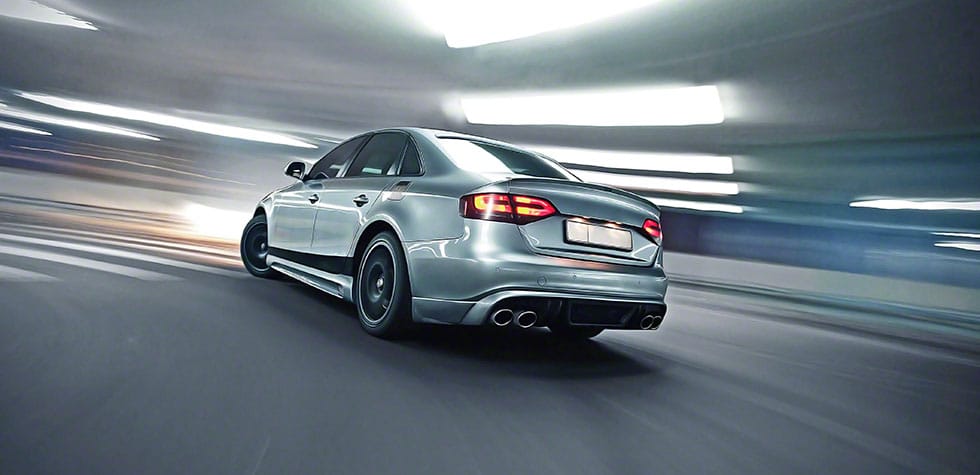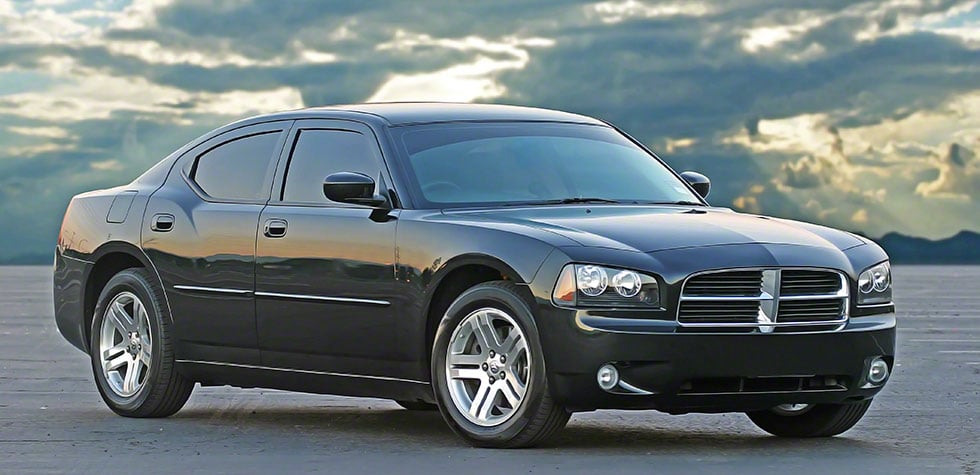Car fanatics are always looking for ways to make their vehicles more visually appealing and improve their protection as well. Vinyl wraps and paint protection films tend to be the most common choices but are technically different in terms of application, price, and purpose. While vinyl wraps are used to change the color of the vehicle, paint protection films are simply for protection. Follow below for some details to help differentiate the two and enable you to make a smart decision.
What Is A Paint Protection Film?
Paint protection film or PPF happens to be a protective layer, which is usually 8 mil thick self-healing urethane film applied over the vehicle. One mil is 0.0254 mm. The main purpose of PPF is protecting the vehicle from minor scratches, scuffs, and bumps.
Paint protection films can be self-healing but not every PPF happens to be self-healing. Plus, there is a huge price difference between self-healing and non-healing films. The self-healing films tend to self-heal by reacting with the UV rays. This means that your vehicle receives ultimate protection and remains without any swirls or scratches.
Furthermore, paint protection film also protects your vehicle from bird droppings that are acidic. If your vehicle is parked directly under the sun with bird droppings on it, they will penetrate the clear coat and become impossible to clear. In some cases, it might also permanently damage the patch and you will need to get the area repainted.
But, a major problem with paint protection films is that there is a huge variety available out there. From the exterior, it is hard for a newbie to determine if the film is of good quality. This is why people are scammed and soon return with their vehicles as the films begin to peel or turn yellow.
This is why it is always recommended to opt for an authentic seller and installer for paint protection film applications. An expert shop will provide guarantees and warranties for their jobs and promise free replacement if something goes wrong within the time frame provided.
What Is Vinyl Wrap?
Vinyl wrap as compared to paint protection film is 3-4 mil thick and comes in a variety of different colors, textures, and finishes. Vinyl wraps come with a strong and safe adhesive that sticks to the body of the vehicle without affecting the paint quality. Plus, it takes the shape of whatever it is applied to.
As mentioned earlier, vinyl wraps are essentially installed to change the look of a vehicle. But unlike PPFs where there are self-healing types available, vinyl wraps are not self-healing. They might protect the vehicle from minor scratches or bumps but are not technically made for this purpose.
The biggest advantage of having vinyl wraps is that you have hundreds and thousands of color combinations that make your options limitless. And like PPFs, ceramic coating, and auto window tinting Springfield, vinyl wraps should only be purchased and installed from an authentic dealer.
Moreover, as vinyl wraps are for changing the appearance of your vehicle, you can also go for partial wraps and cover only a few parts of the vehicle. A common appearance in partial wrapping is covering only the chrome parts of your car.
PPF Vs. Vinyl Wrap
Now that we have discussed the basic difference between PPF and Vinyl Wraps, we are going to dig a bit deeper and find out what other factors differentiate the two.
Surface Protection
Paint protection films will always protect your car’s paint. Even though these films are slowly being introduced in colors as well, the options are limited and so PPFs are commonly clear films. They protect the paint of your vehicle against external factors. So, may it be winter or hot seasons, your vehicle will be covered and protected.
Meanwhile, vinyl wraps will surely protect the vehicle as well but considering they are 3-4 mil thick, you cannot expect much protection. All they can do is protect the vehicle from bird droppings and rock chips but don’t expect it to protect against other major factors.
Price
Both paint protection films and vinyl wraps tend to be expensive. The price of both options depends on several factors such as the type, size, color, and paint of the vehicle. The thing is, to install a paint protection film or vinyl wrap, you have to thoroughly compound and polish the vehicle to get rid of the contaminants first.
Otherwise, the films or wraps will not adhere to the body properly. The preparation process requires tools, time, effort, labor, and products that add to the costs.
Plus, if the vehicle tends to be expensive or unique, the price will increase due to the slow and careful process. However, clients can also choose to apply wraps or films to certain parts of the vehicle to save money.
Installation
The installation process for both vinyl wraps and PPFs may differ. The basic difference between the installation processes for both is that paint protection films are installed wet. The installers wet the surface of the vehicle using special chemicals to lay down the film properly.
Meanwhile, vinyl wraps are installed dry using a heat gun. But, sometimes, the installation process for vinyl can be a bit complicated depending on the vehicle and its surface condition. Another major difference between the two is that paint protection films are cut using machines while vinyl wraps are cut manually to ensure it is a proper fit to the surface being applied to.
Paint Condition
Before installing any type of wrap or film on your vehicle, it is important that you analyze the paint condition of your vehicle. Since paint protection films tend to be clear, you will clearly see imperfections in the vehicle. This is why experts recommend fixing paint chips and scratches before installing paint protection film.
The ideal time to install the film is when the vehicle runs off the showroom floor. This is when the vehicle is fresh and free of any contaminants. Plus, it is a lot easier for the experts to deal with and work on such vehicles as the films adhere to the body properly.
Vinyl wraps on the other hand are not transparent and cover all the imperfections. This is one of the reasons people get their vehicles wrapped to save money on getting the vehicle repainted. So, with vinyl wraps, you get to not only change the color but also hide rust and other imperfections.
But vinyl wraps come with a lifespan as well. Although, they can last several years but not infinite. You will have to maintain the vehicle to keep the wrap in good condition.
Conclusion
Both paint protection films and wraps tend to be good options as long as you have done your research and defined the purpose. If you want to keep your vehicle protected for years, you can opt for paint protection film. But if you wish to hide imperfections or alter the color of the vehicle for a change, you can opt for vinyl wrap. Of course, hiding doesn’t mean fixing. It’s better to fix the issues and install PPF. Moreover, make sure you get it done by a licensed paint protection film installer Springfield.



